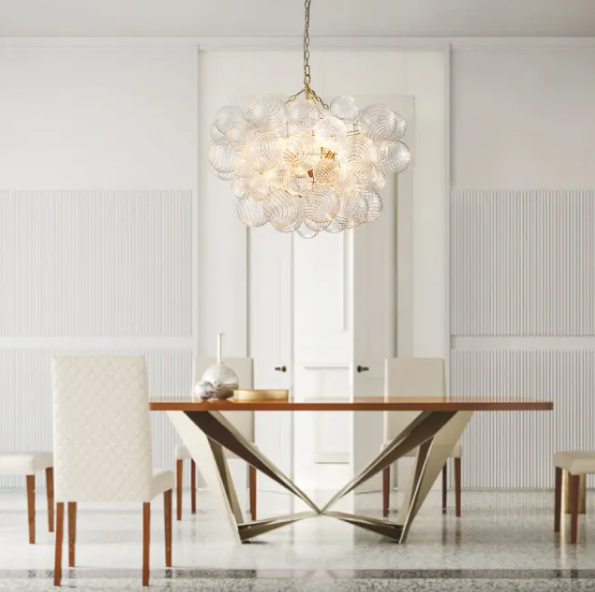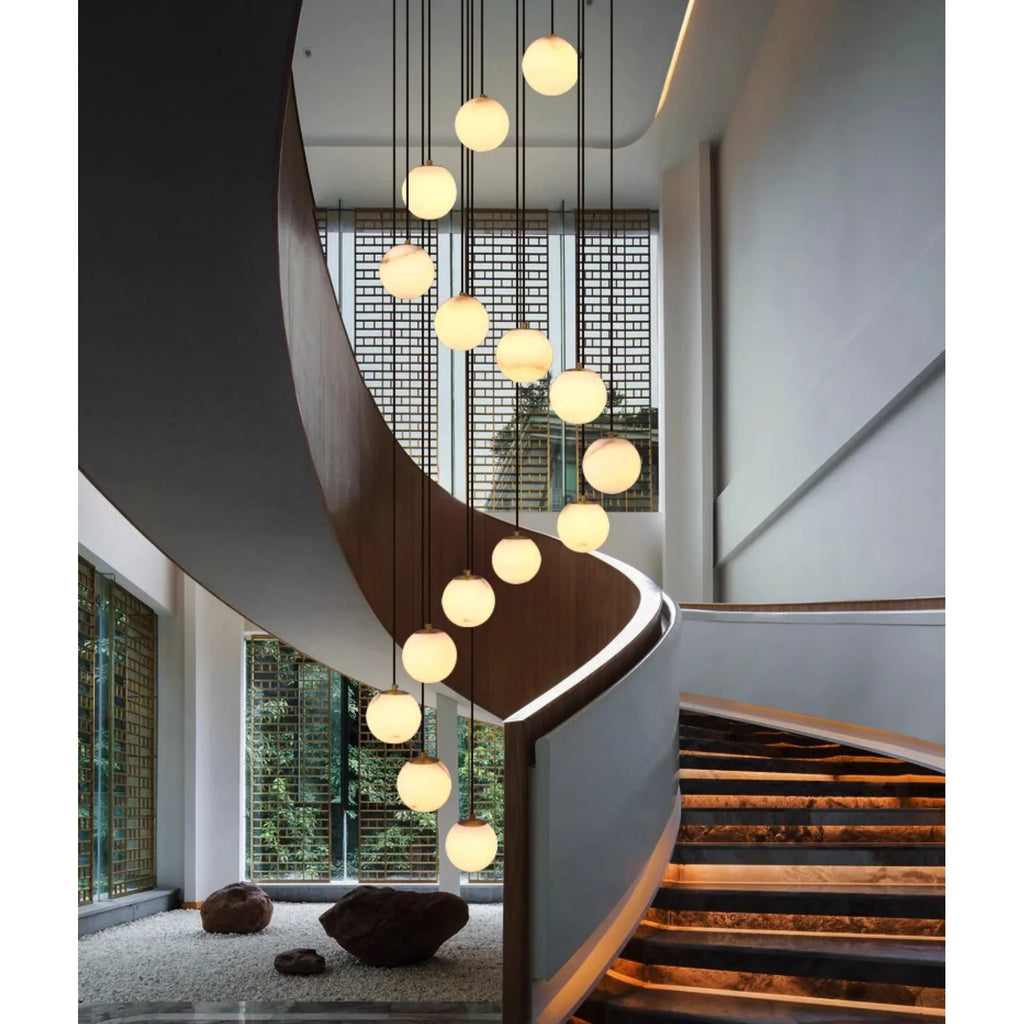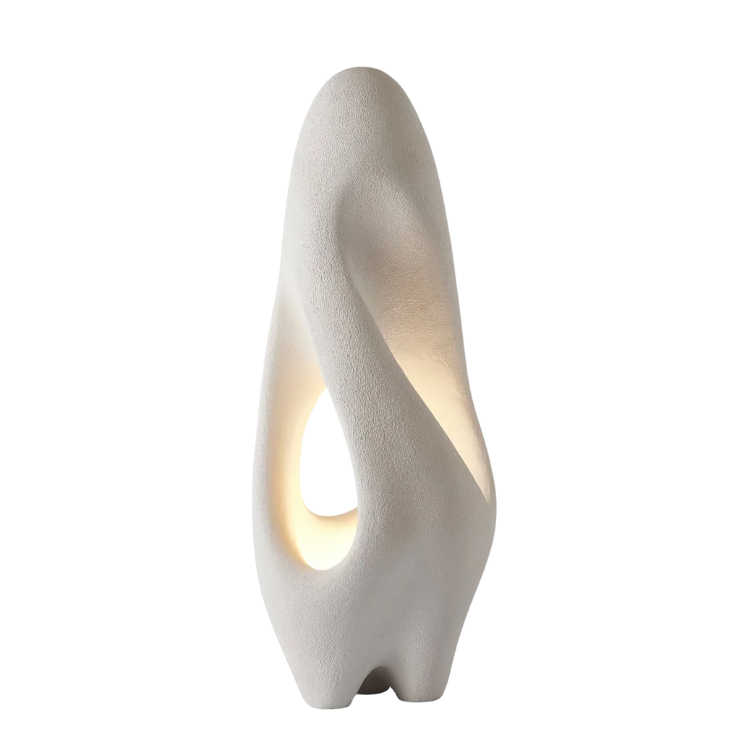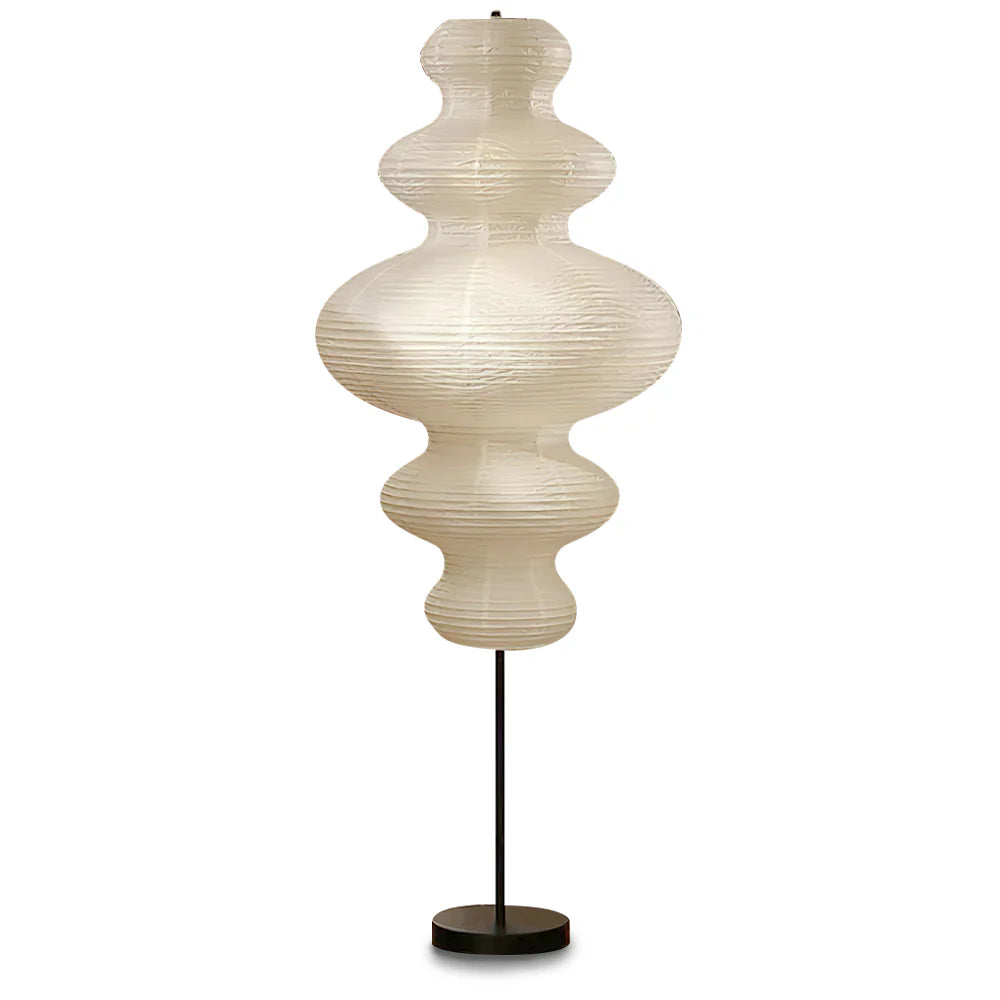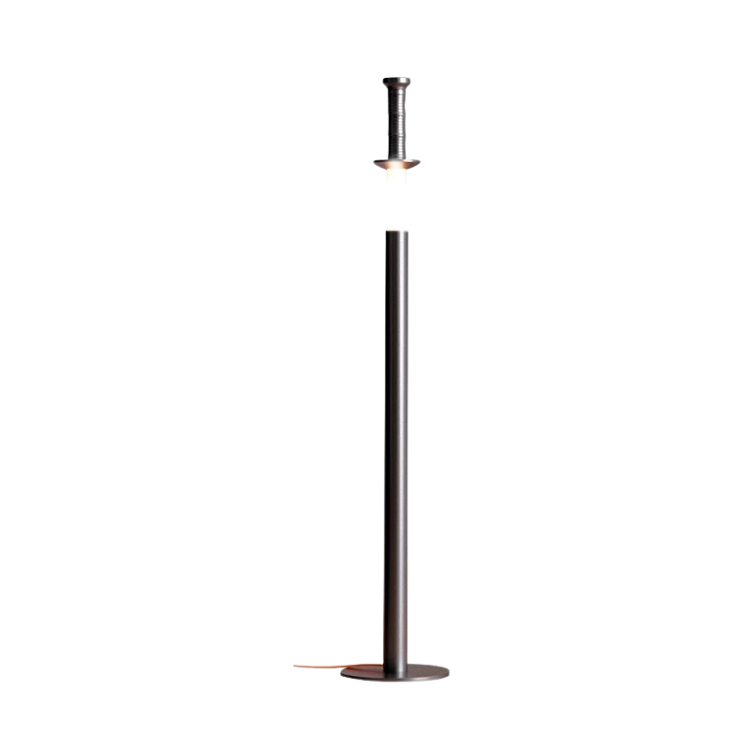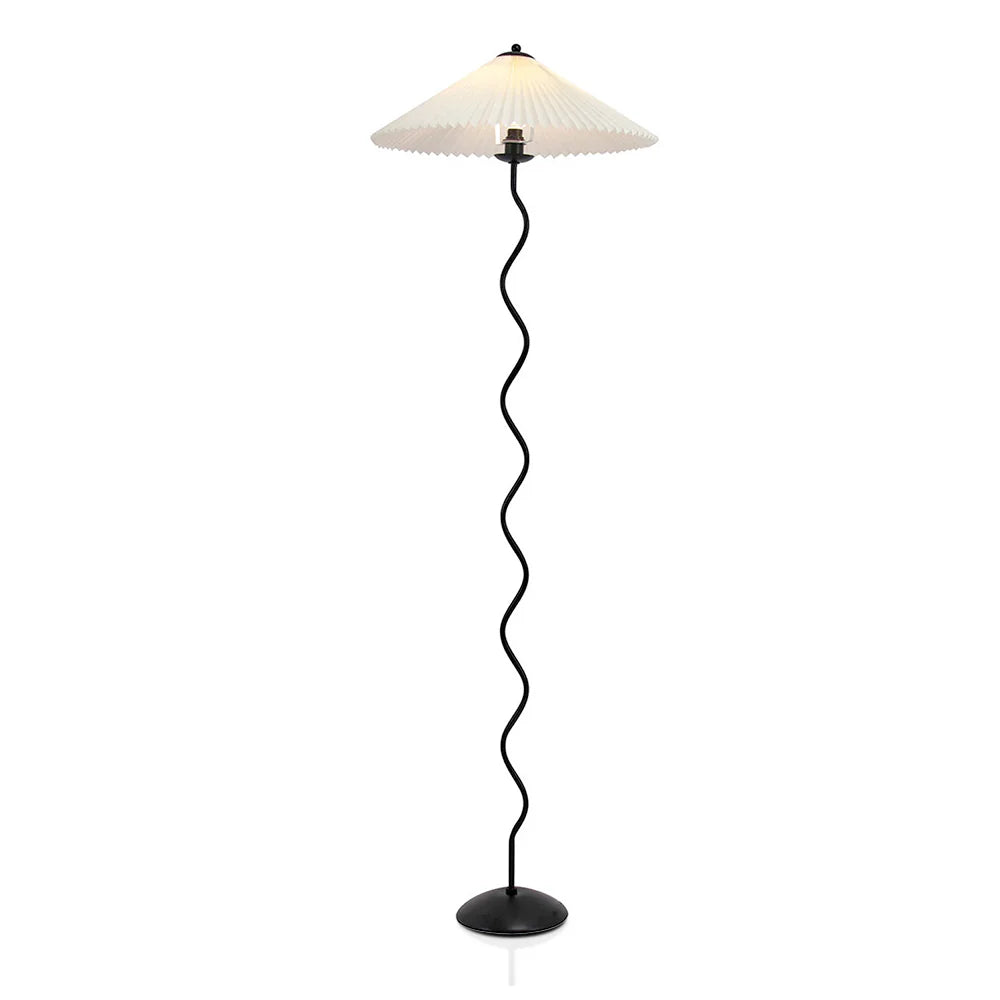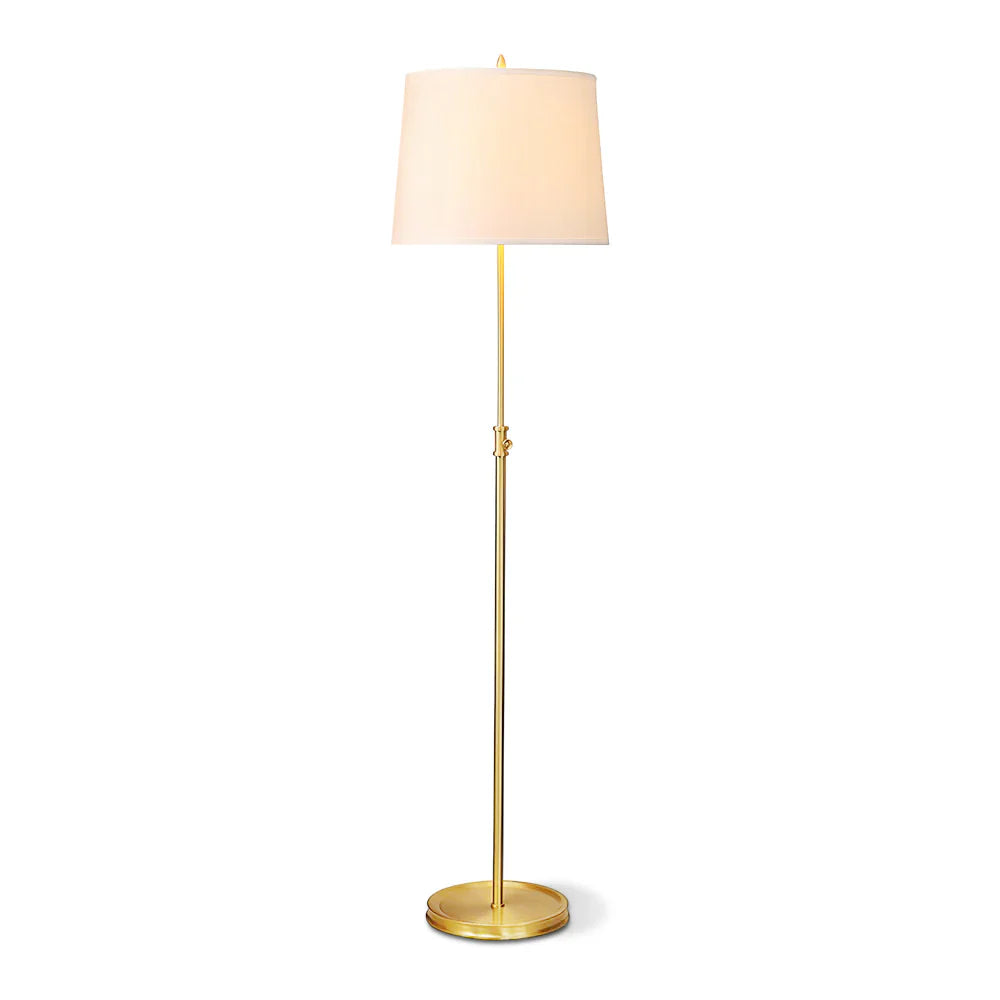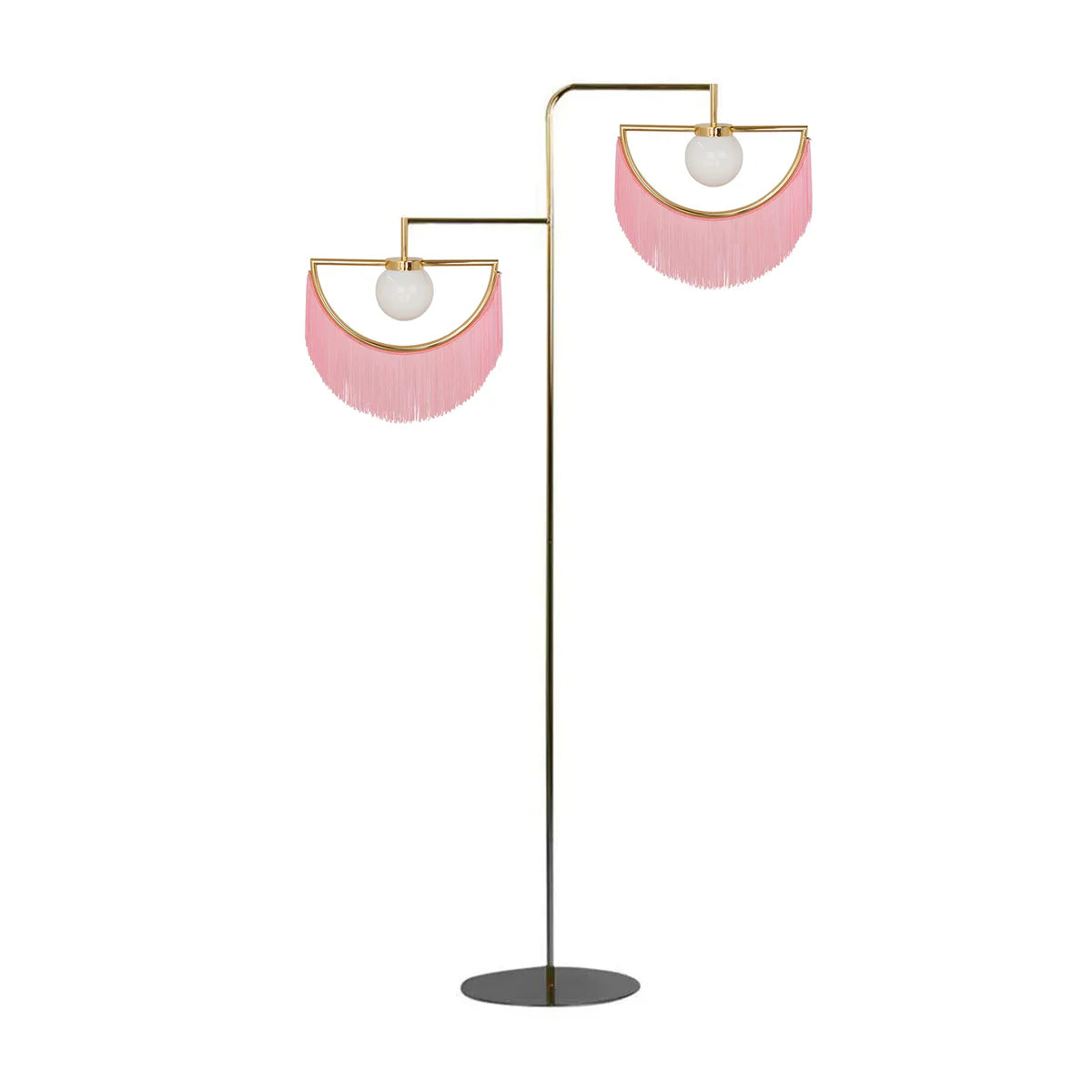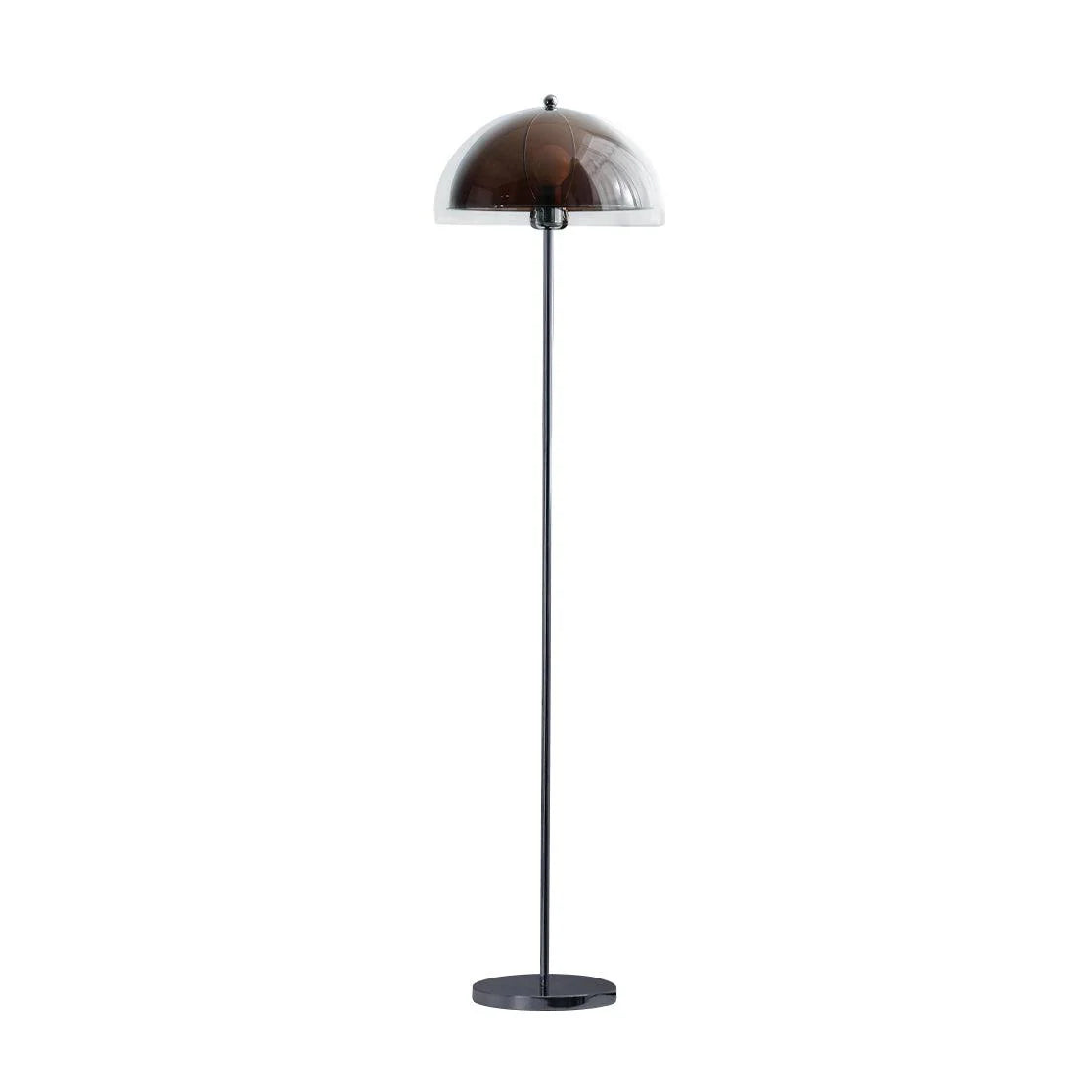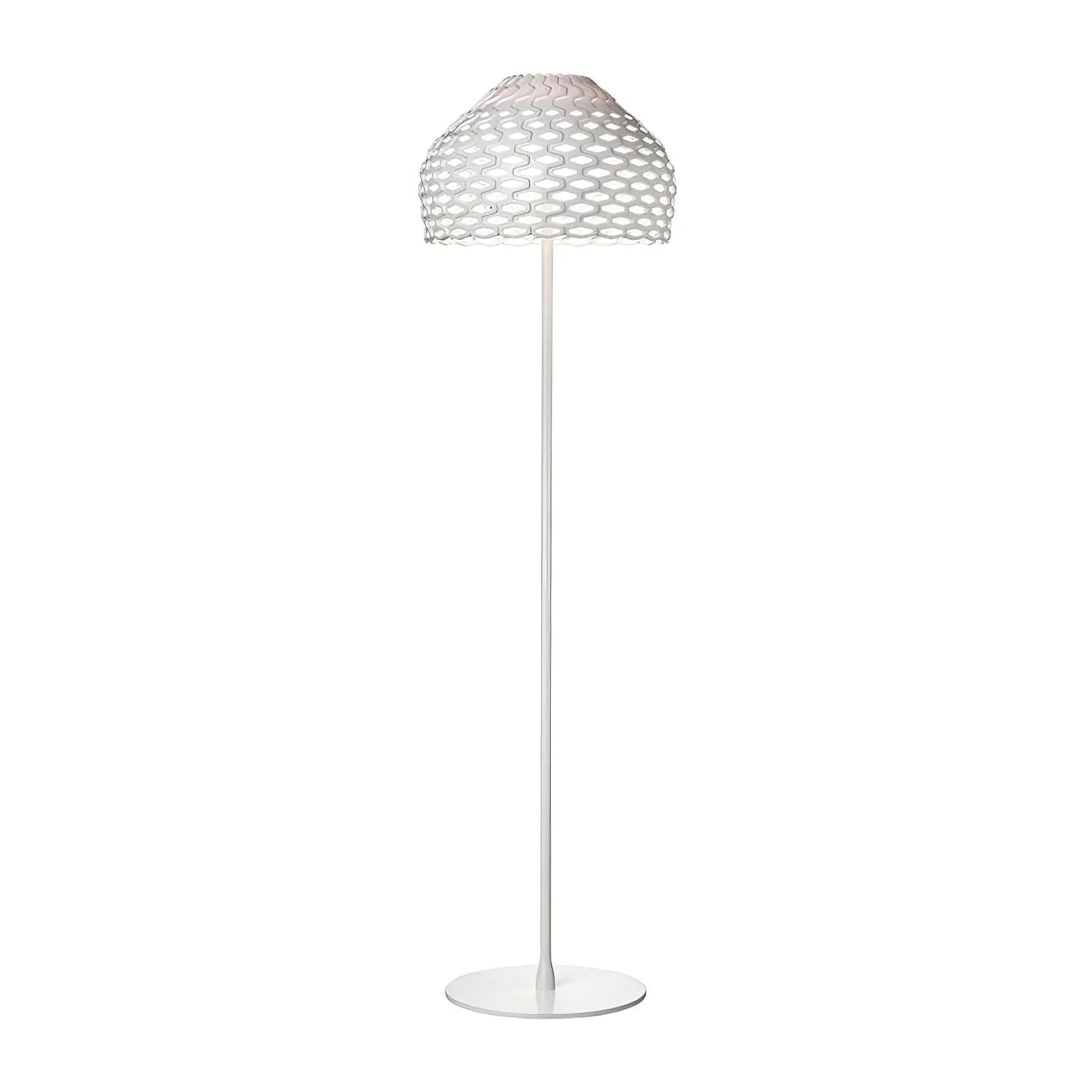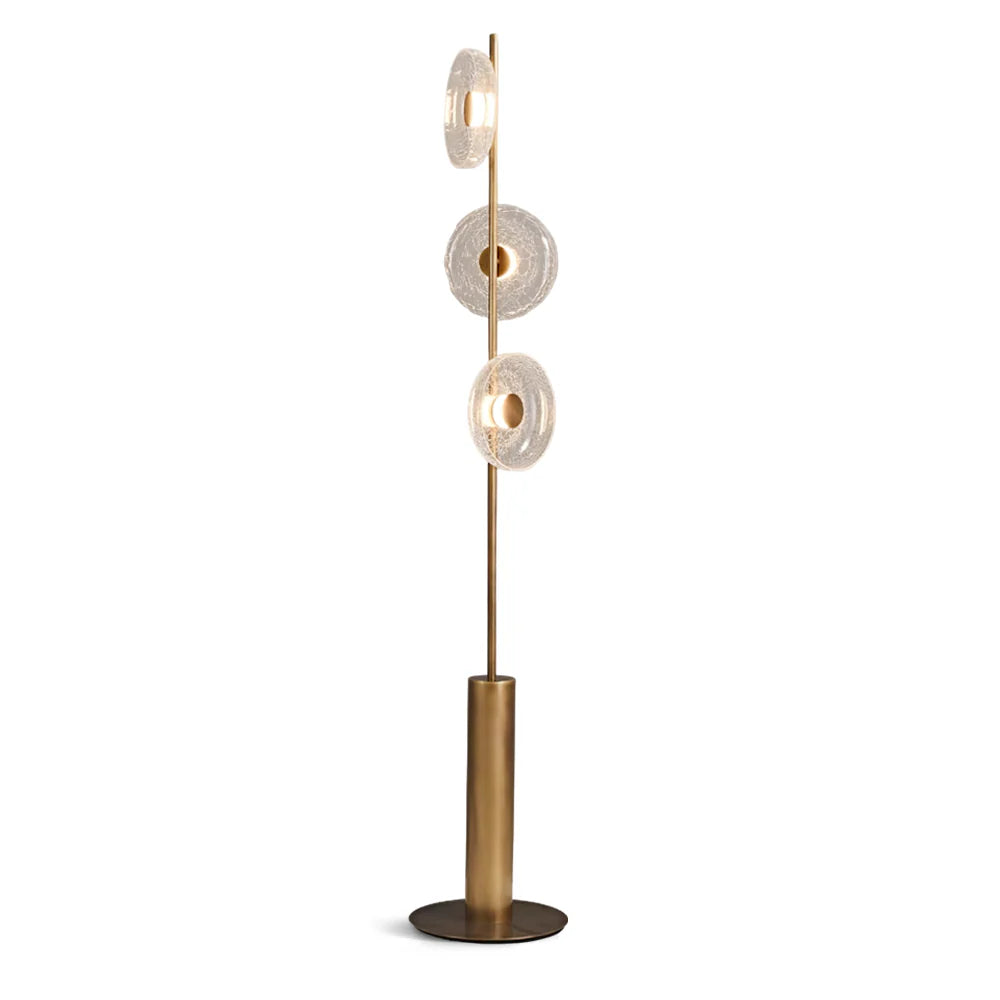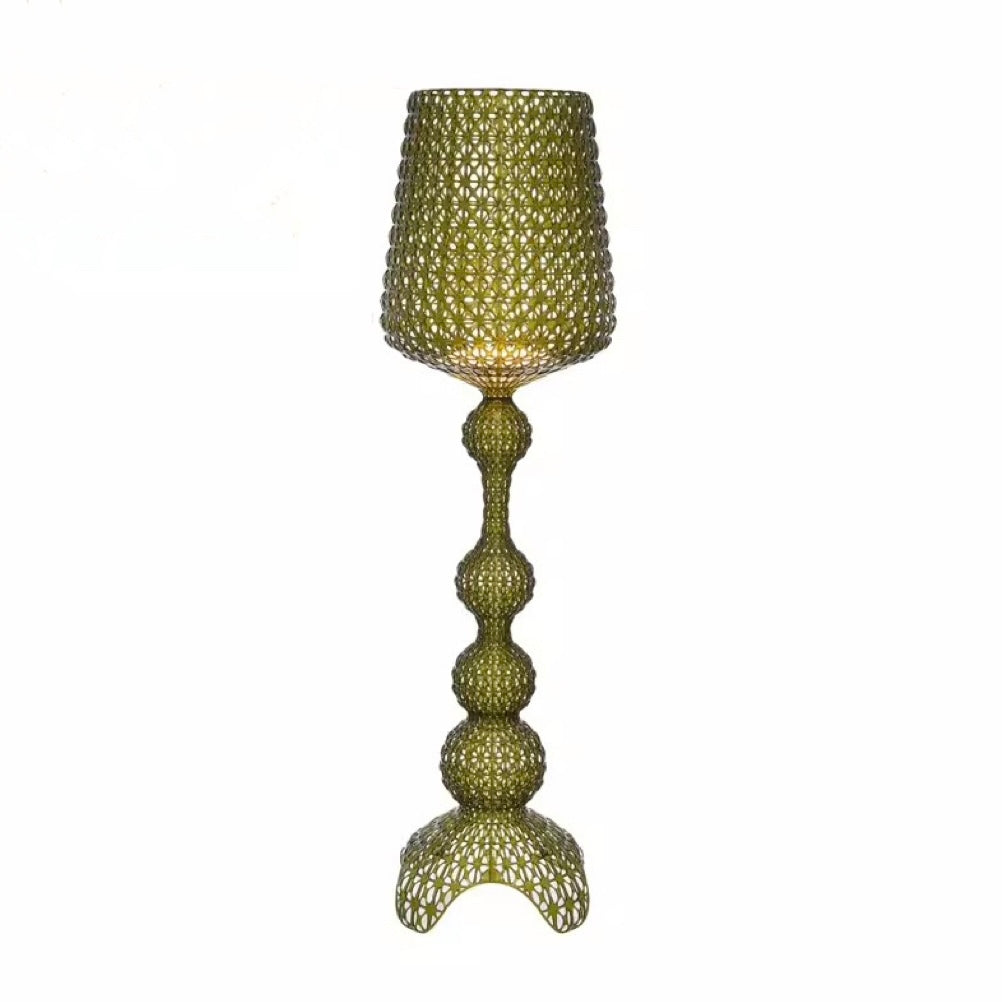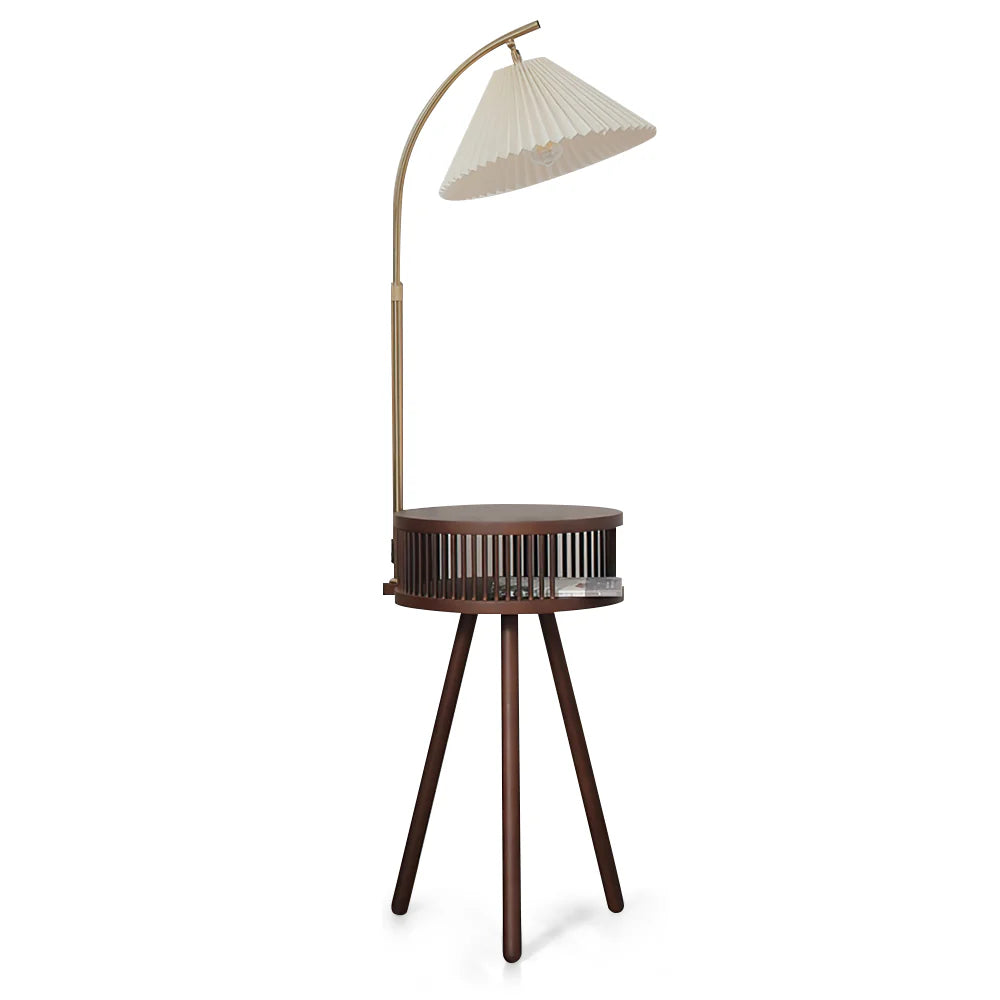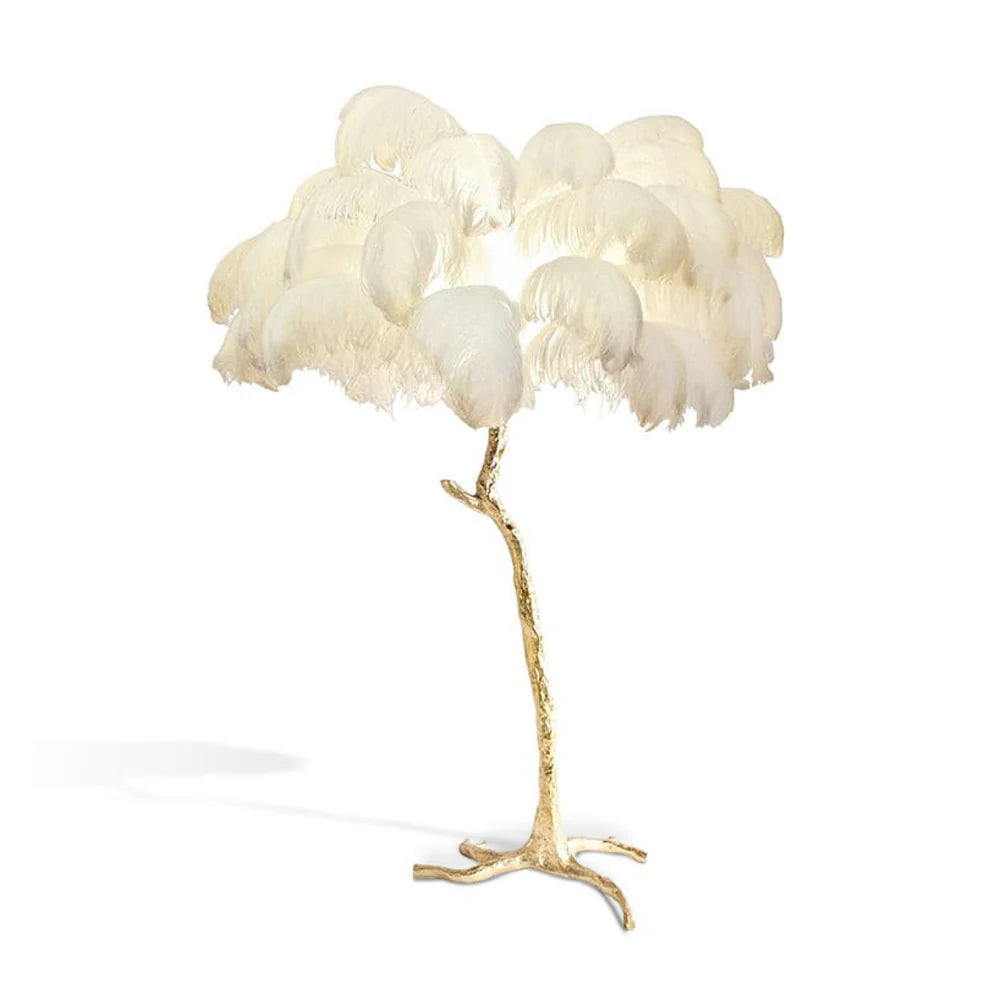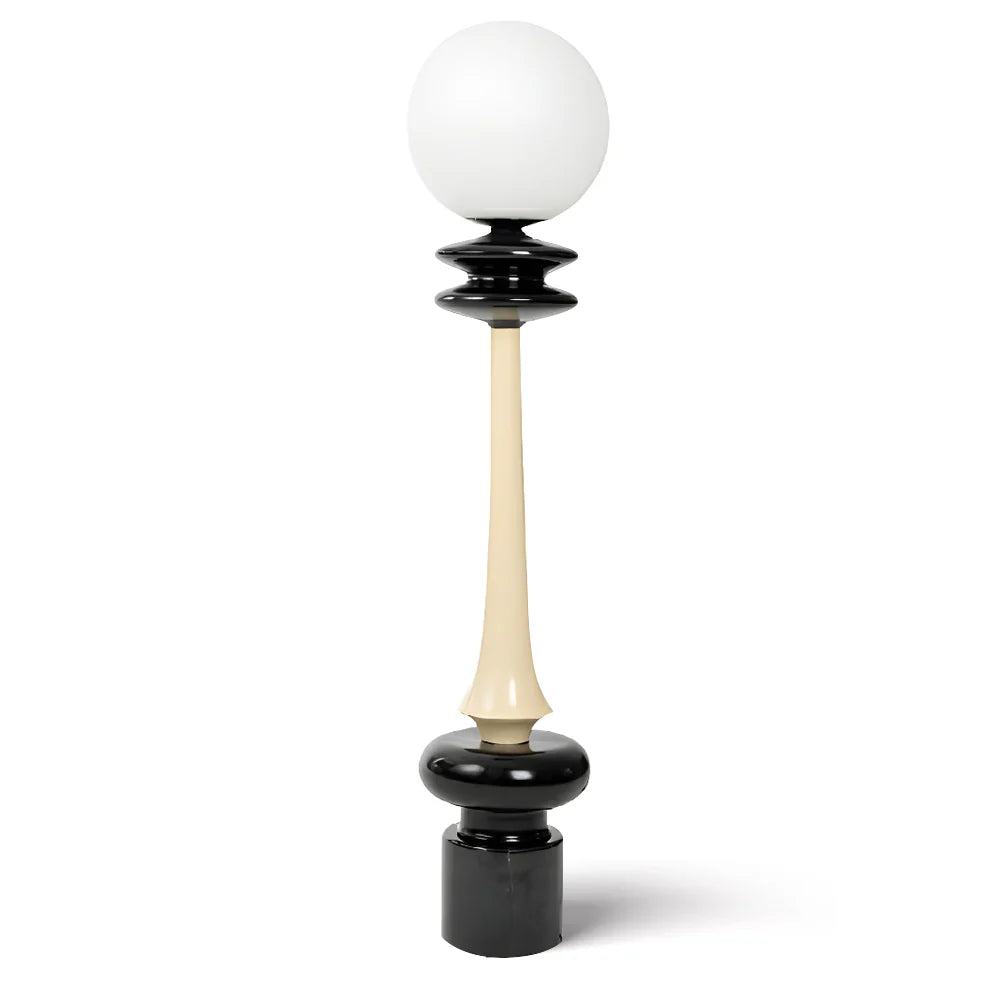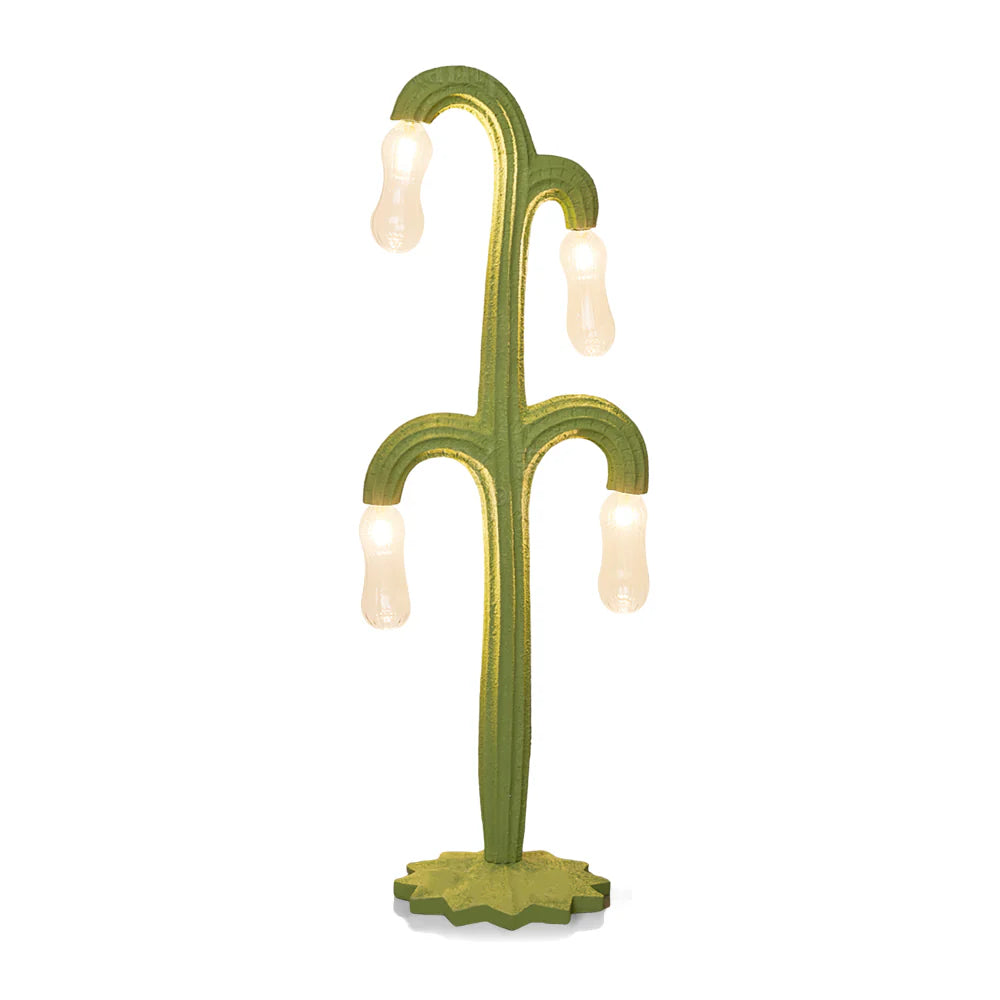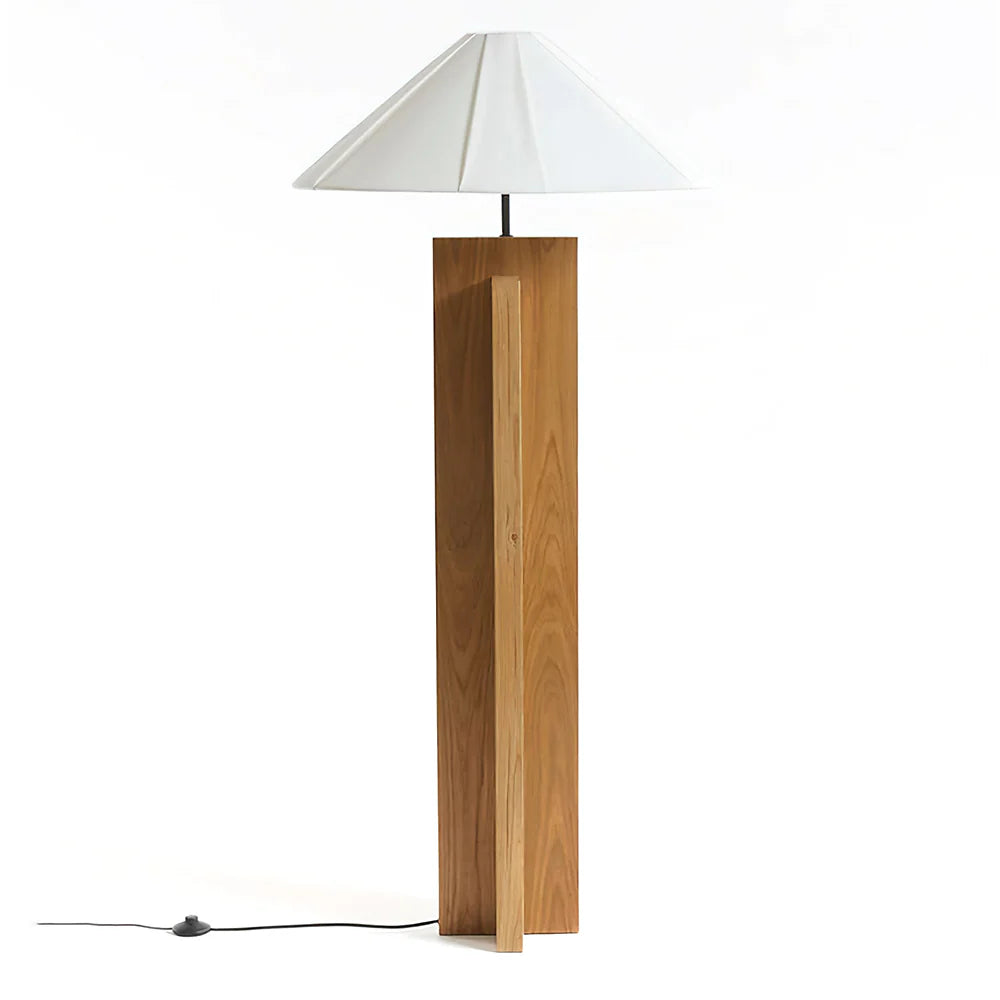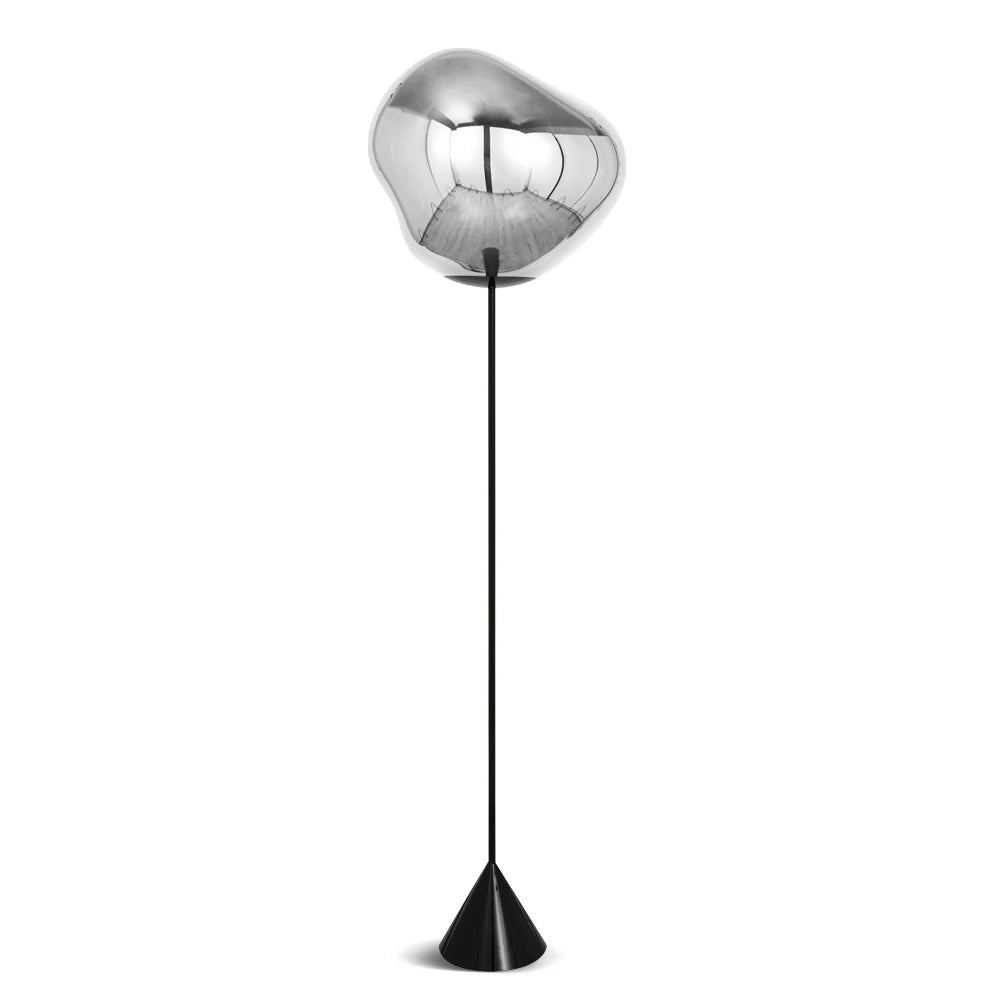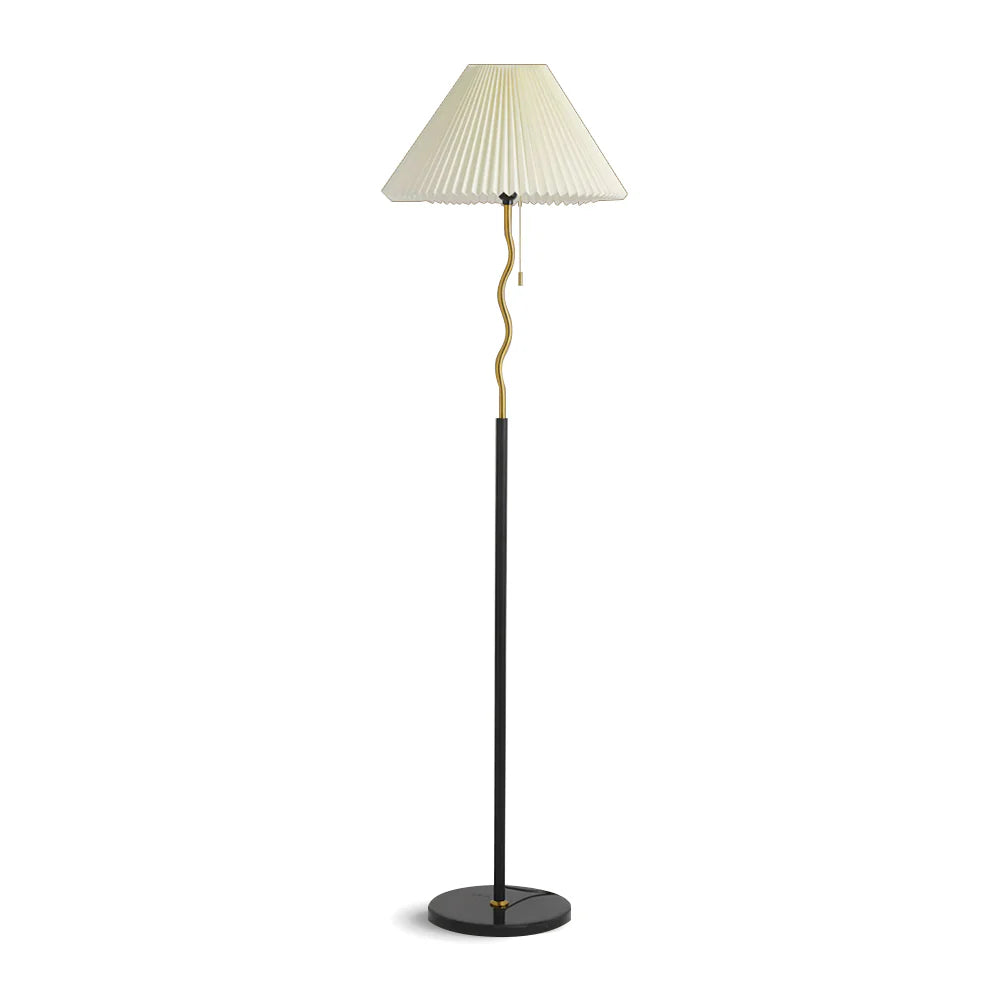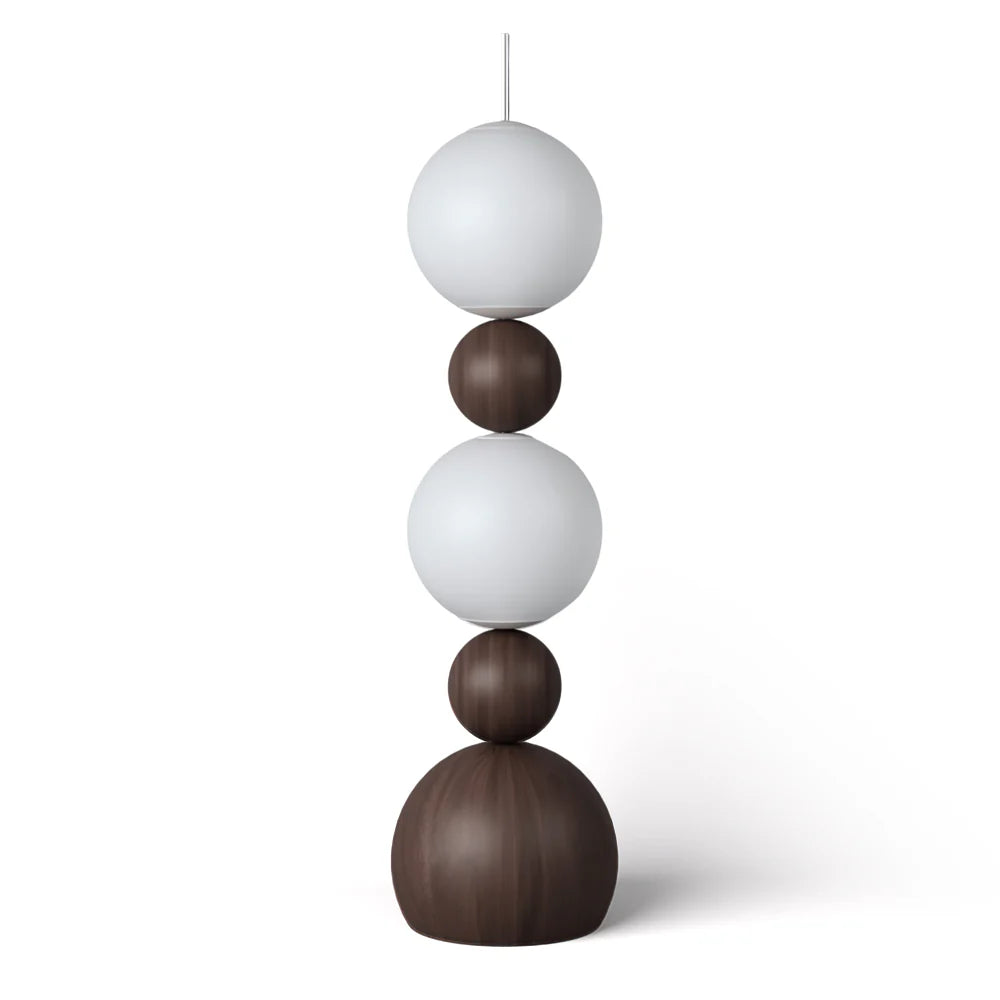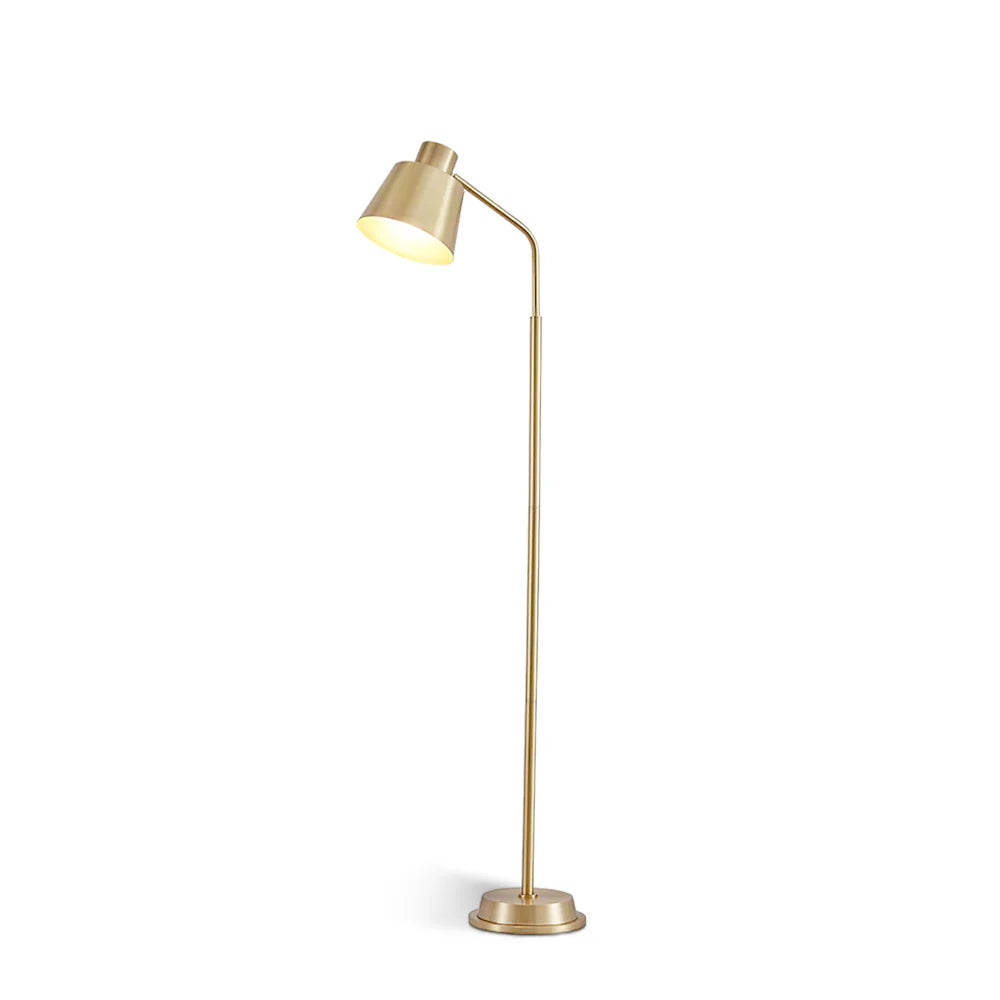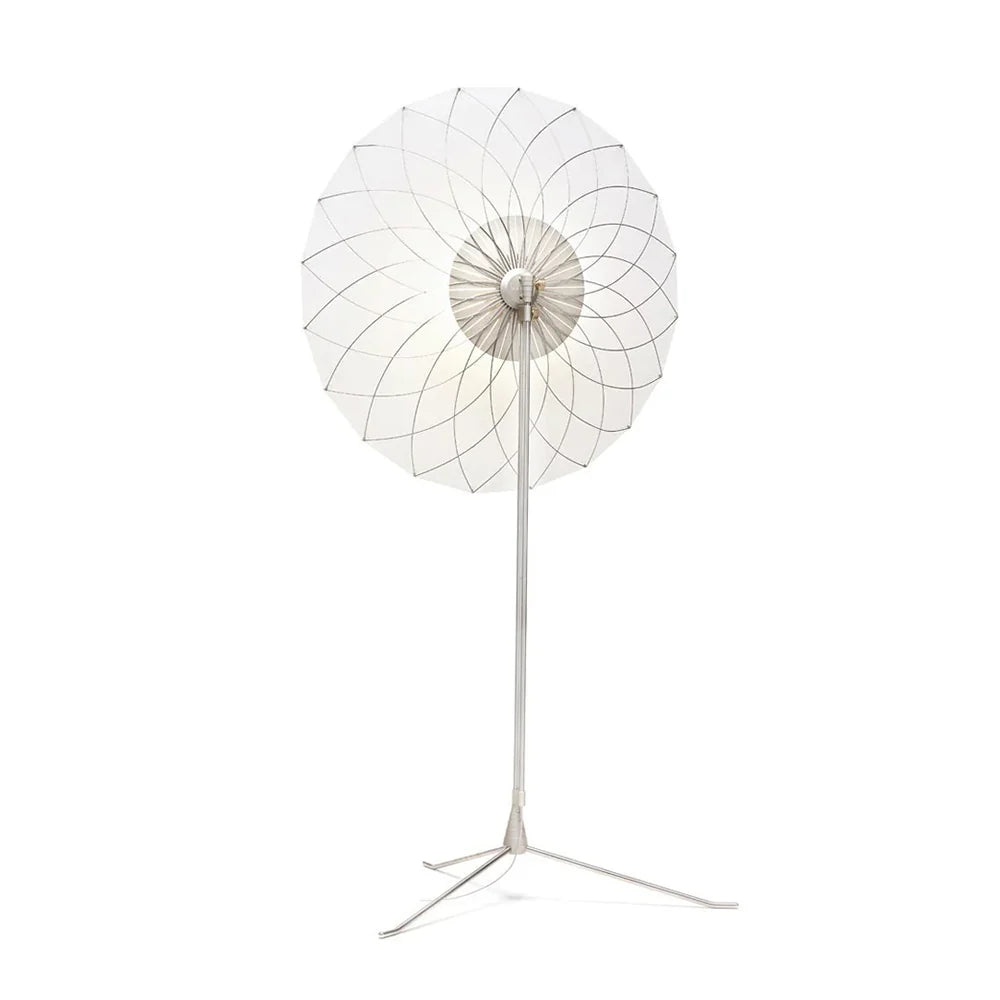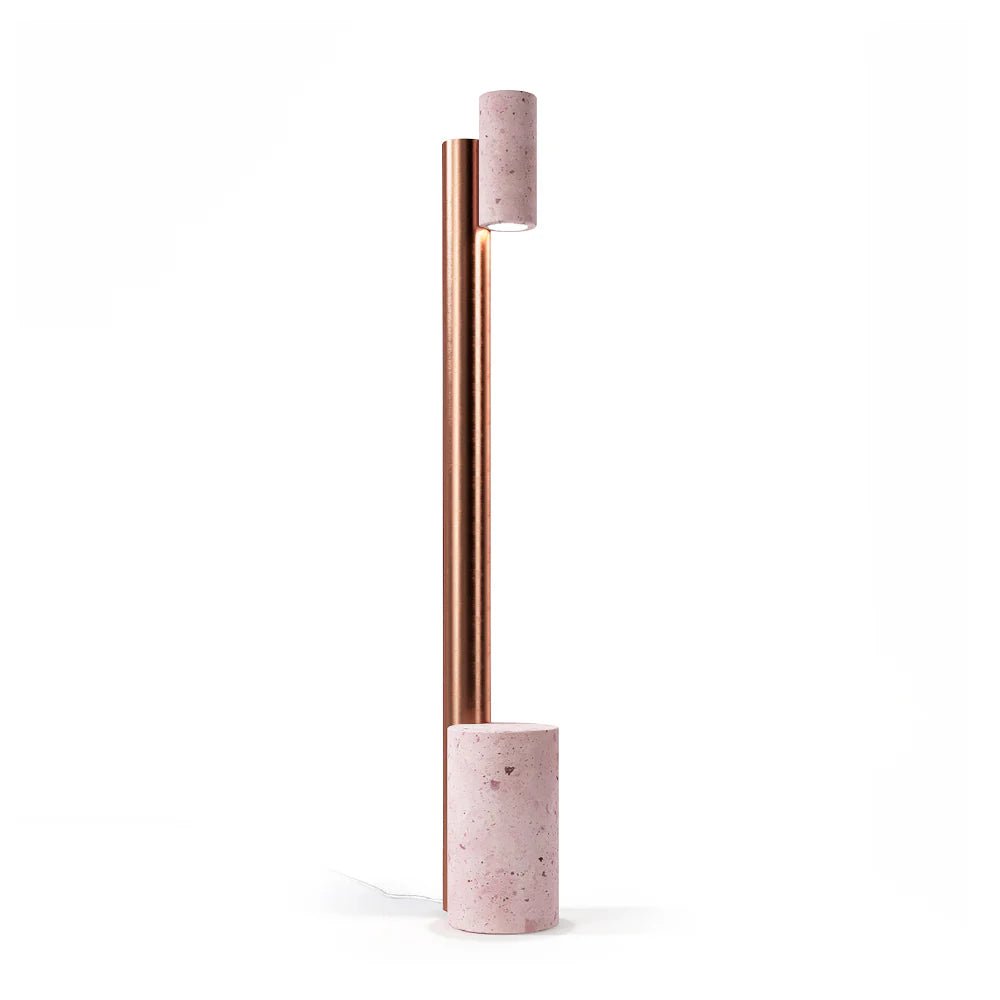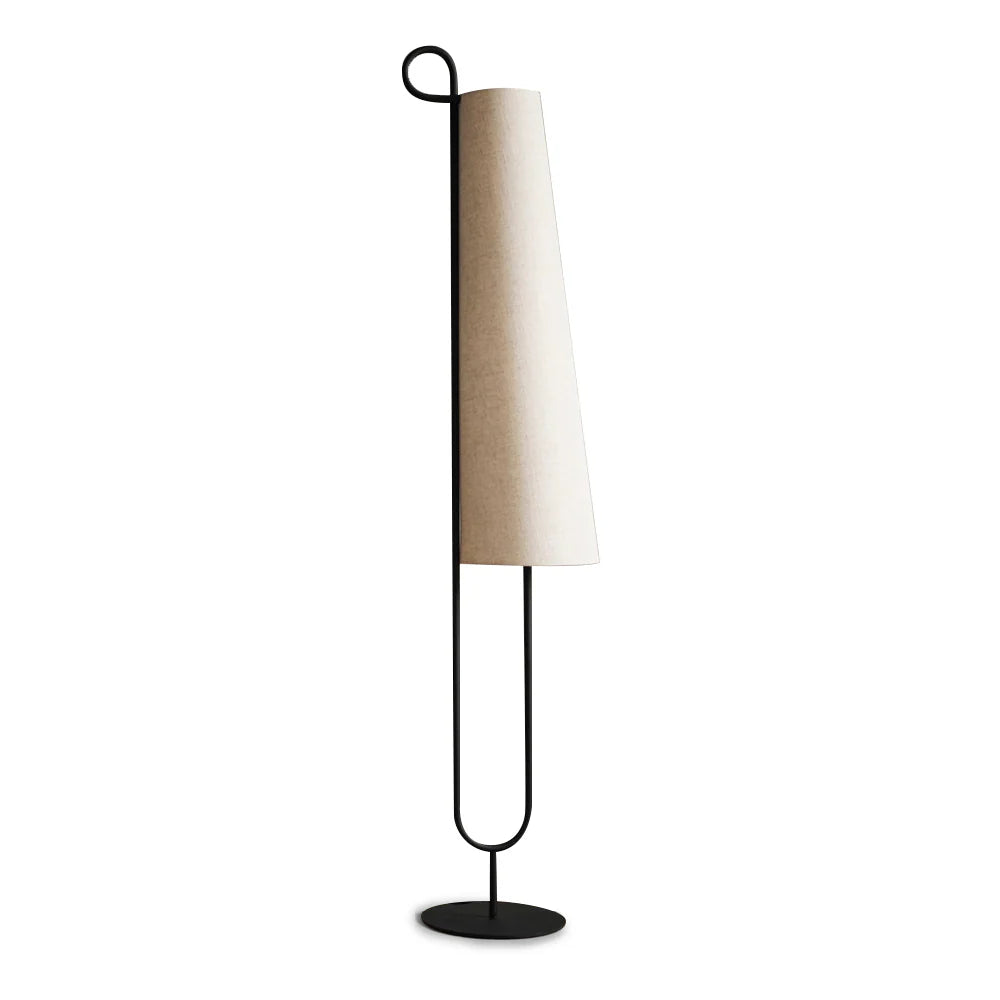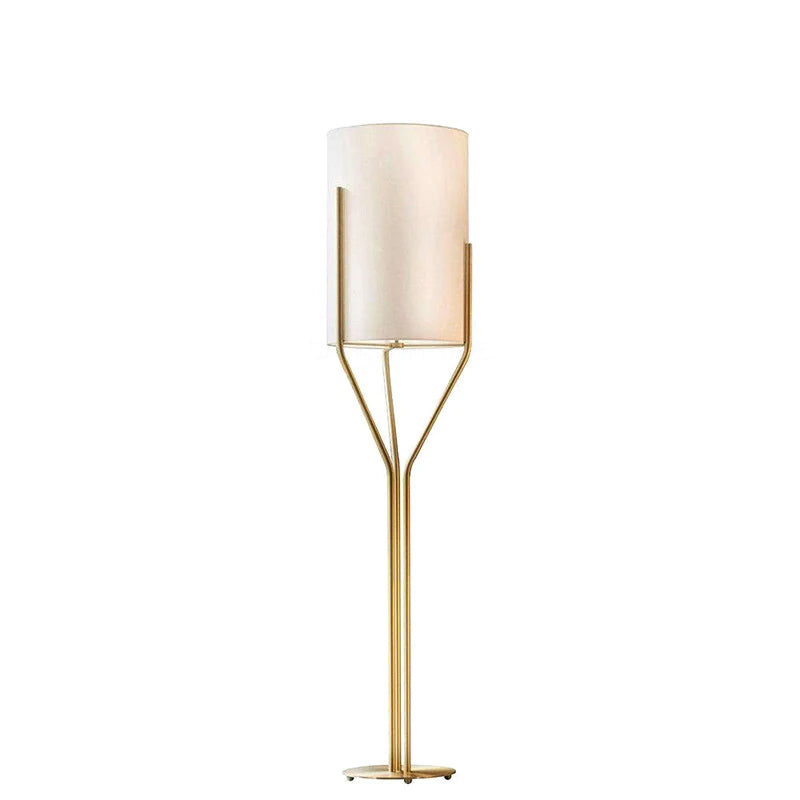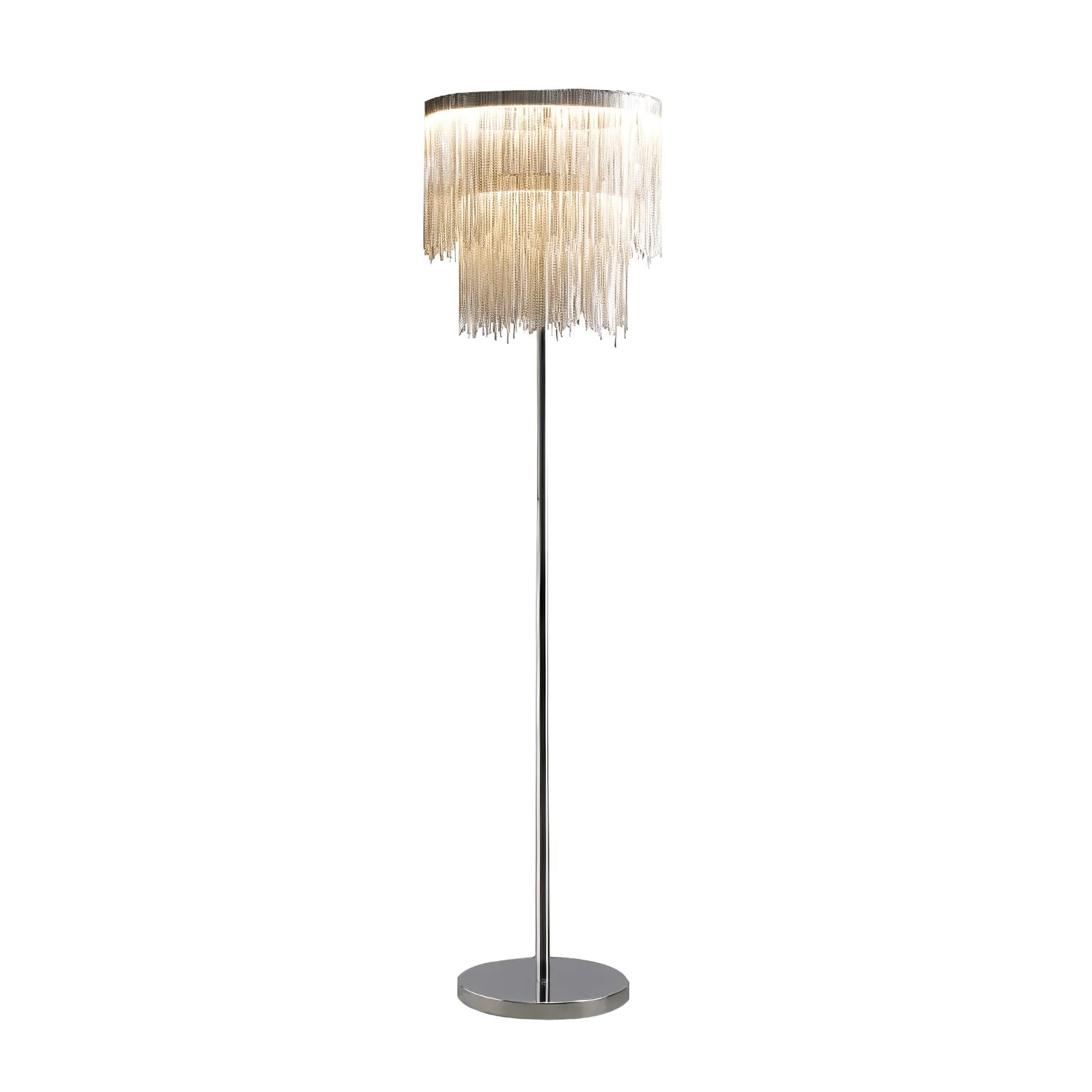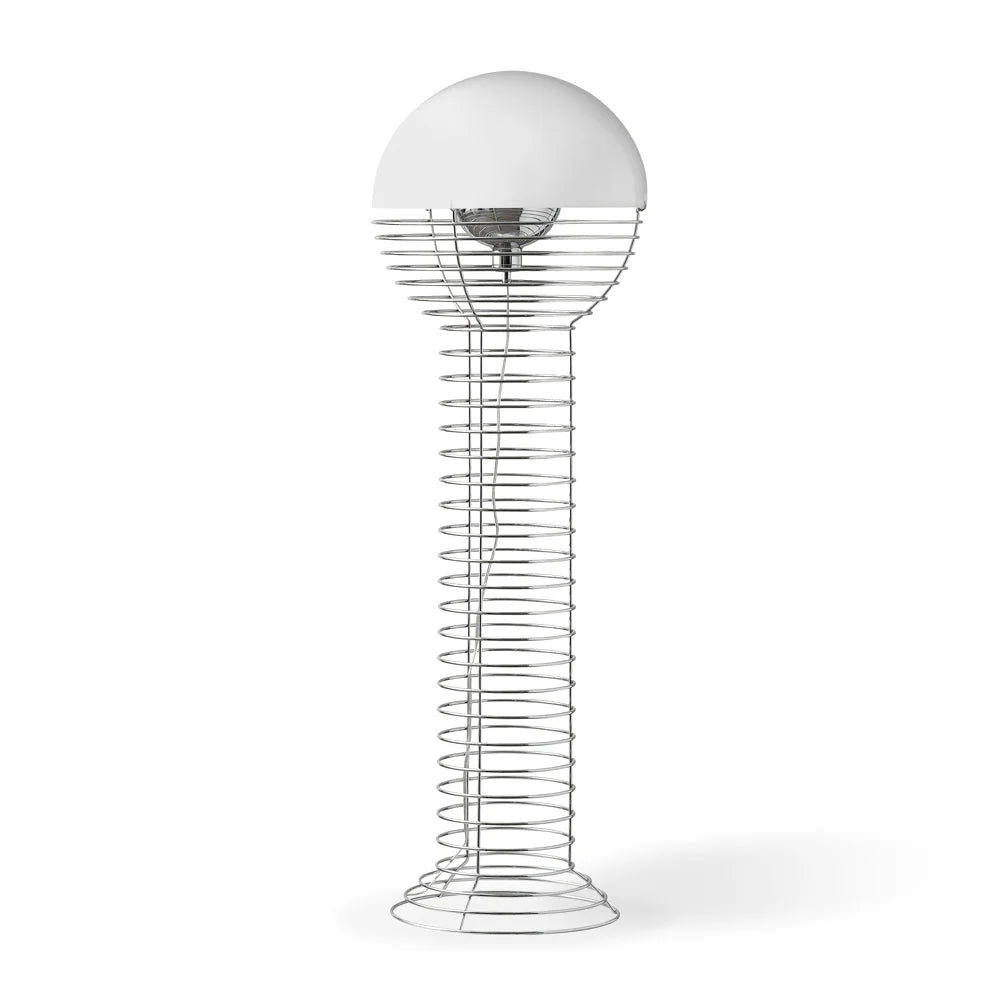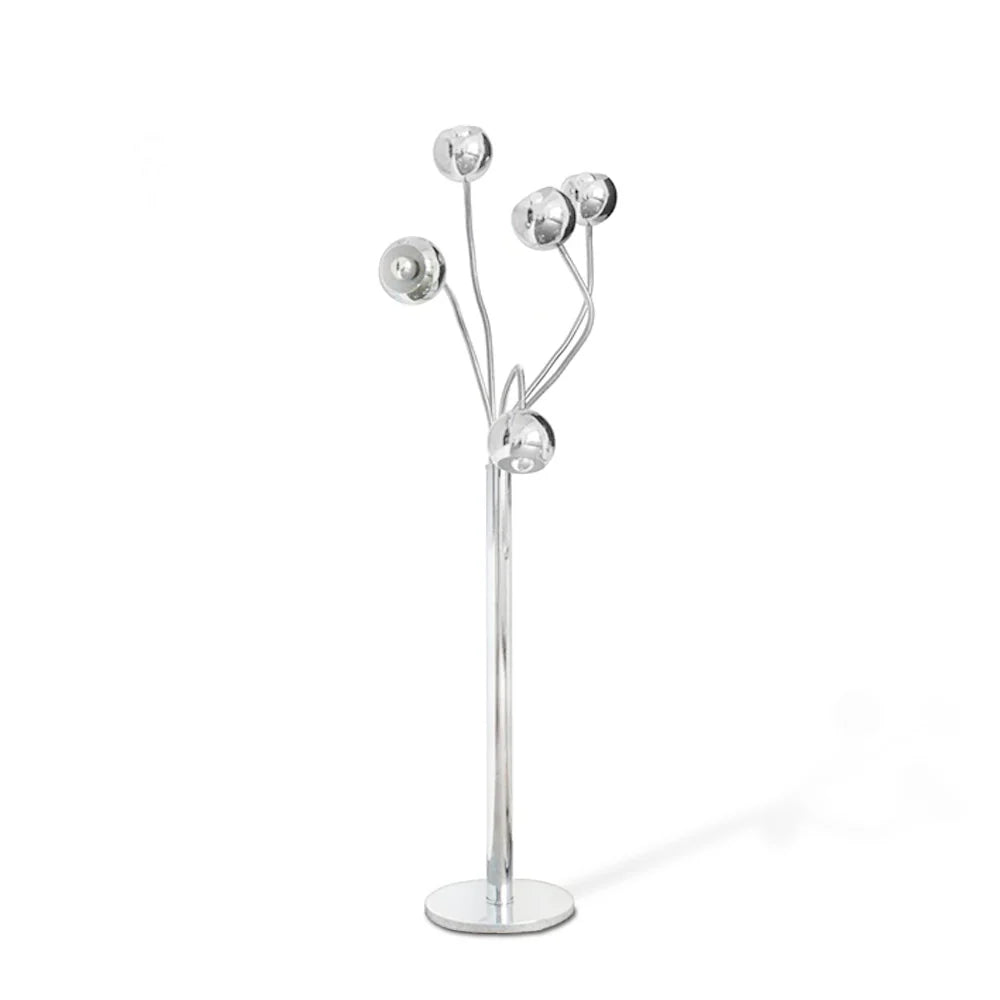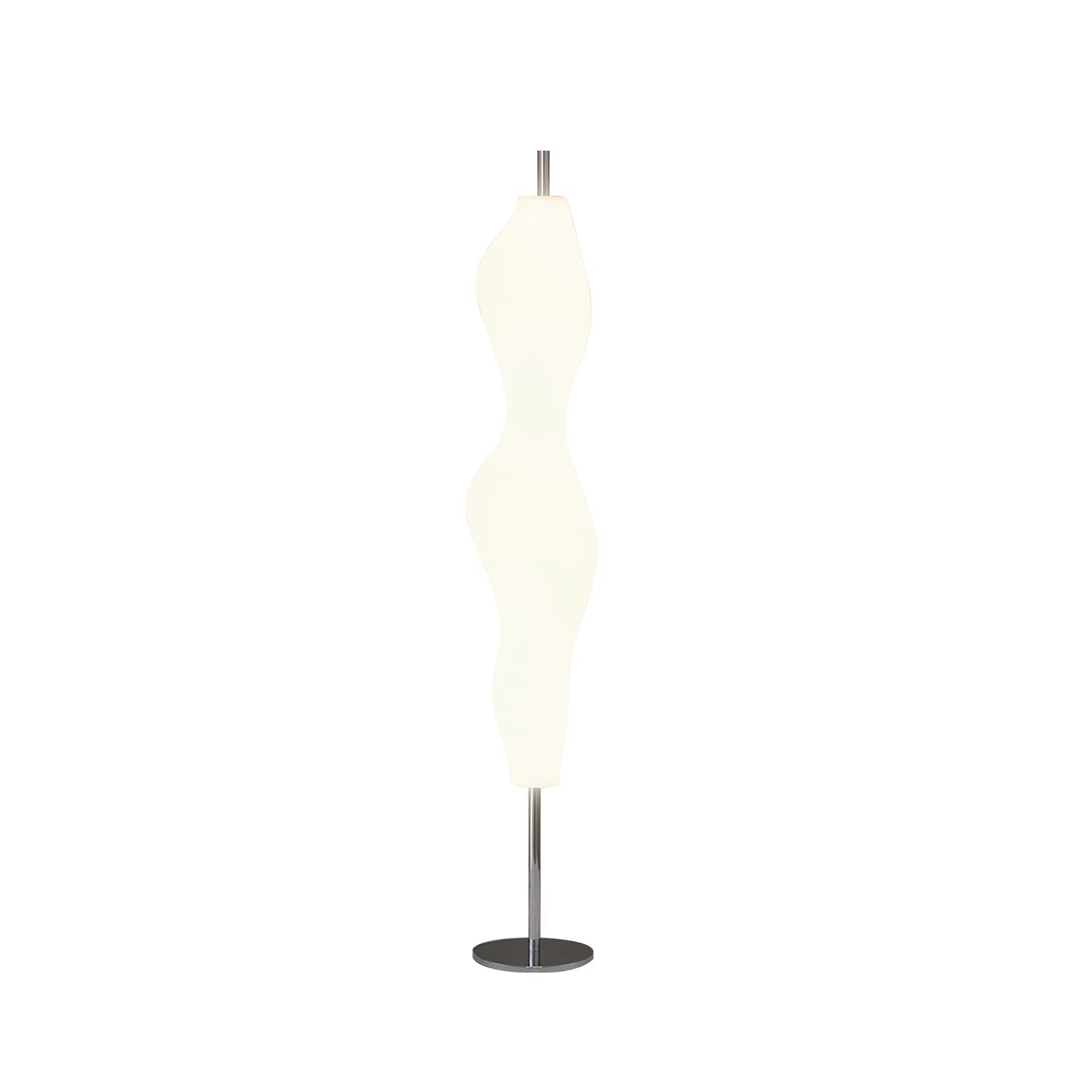
Scent Layering for the Home: How to Create a Seamless Fragrance Experience in Every Room

If you’ve ever been captivated by a beautifully fragranced space—where everything from the entryway to the linen closet smells effortlessly curated—you’ve likely encountered the art of scent layering. Borrowed from the world of personal fragrance, this growing trend brings the same thoughtful approach of body wash, lotion, and perfume coordination into our living spaces through candles, diffusers, cleaning products, and more.
As a home scent enthusiast and lighting specialist, I believe that just like well-planned lighting enhances mood and ambiance, strategic scent layering can transform a house into a deeply personalized, immersive home. Below are my insights for getting started. 
1. What Is Scent Layering for the Home?
Scent layering for the home is the practice of combining multiple fragrance elements—each with a different function or intensity—to create a harmonious olfactory journey throughout your space. Think of it as building a “fragrance pyramid” across rooms: base scents from your cleaning products, mid-layer ambiance from candles or diffusers, and top notes from fresh flowers or linen sprays. It’s definitely trending, especially as people look for non-visual ways to personalize their interiors.
2. How to Start Scent Layering at Home
To begin, choose a base scent family you love—whether that’s woody, citrus, floral, or clean musks. Start with gentle cleaning products or even scented dish soap in that family. Then add mid-layer elements like candles, oil diffusers, or wax warmers in a slightly more pronounced tone (i.e., vanilla-tonka or rose-sandalwood). Finally, introduce lighter top notes with room sprays or fresh flowers—lavender, eucalyptus, and garden roses are timeless. 
Lighting also plays a key role here: soft warm-toned lighting can enhance how scent feels emotionally, creating a cozy or invigorating impression depending on the time of day.
3. Principles of Effective Home Fragrance Layering
Balance is essential. Avoid using multiple bold or competing fragrances in tight spaces—like placing a strong cinnamon candle next to a citrus plug-in. Stick with scents that share base notes or complementary tones (i.e., amber pairs well with vanilla, bergamot with lavender). Keep transitions smooth by aligning scents room by room—perhaps warm vanilla in the living room, then lighter linen spray in the hallway.
4. Favorite Notes and Scent Families
For a universally appealing home scent experience, I recommend:
-
Citrus blends (lemon verbena, bergamot, orange blossom) for kitchens and entryways.
-
Herbals and florals (lavender, rosemary, jasmine) for bathrooms and bedrooms.
-
Woods and musks (cedar, sandalwood, amber) for living rooms and offices.

Mixing can absolutely work—but stick to one dominant family and use others for accenting. If you or your guests are sensitive to strong scents, opt for essential oil diffusers with customizable intensity, or use candle warmers instead of burning wicks, which can emit stronger notes.
5. Making Scents Last Longer
Try using candle warmers instead of lighting your candle—it not only extends burn life but also releases scent more evenly and subtly. Pair this with reed diffusers in rarely-used spaces and re-spray linen mists every few days. To refresh things without overpowering the air, simmer herbs like rosemary or citrus peels on the stove—an old trick with modern charm. 
By weaving scent through your home in intentional layers, you create not just an aroma—but an experience. Just as warm lighting guides the eye, scent layering guides emotion and memory.





